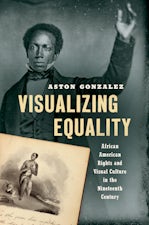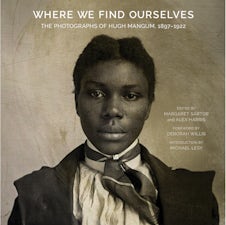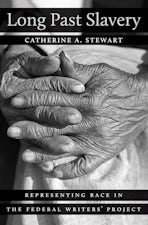American Slavery and Russian Serfdom in the Post-Emancipation Imagination
By Amanda Brickell Bellows
320 pp., 6.125 x 9.25, 32 halftones
-
Paperback ISBN: 978-1-4696-5554-3
Published: June 2020 -
E-book PDF ISBN: 979-8-8908-5732-3
Published: April 2020 -
E-book EPUB ISBN: 978-1-4696-5555-0
Published: April 2020 -
Hardcover ISBN: 978-1-4696-5553-6
Published: June 2020
Buy this Book
- Paperback $32.50
- Hardcover $99.00
- E-Book $22.99
For Professors:
Free E-Exam Copies
While acknowledging the core differences between chattel slavery and serfdom, as well as the distinctions between each nation’s post-emancipation era, Bellows highlights striking similarities between representations of slaves and serfs that were produced by elites in both nations as they sought to uphold a patriarchal vision of society. Russian peasants and African American freedpeople countered simplistic, paternalistic, and racist depictions by producing dignified self-representations of their traditions, communities, and accomplishments. This book provides an important reconsideration of post-emancipation assimilation, race, class, and political power.
About the Author
Amanda Brickell Bellows is a lecturer in history at The New School.
For more information about Amanda Brickell Bellows, visit
the
Author
Page.
Reviews
“Given that Russian serfdom and US chattel slavery were very different . . . [Bellows] does not compare the two labor systems, but rather compares how freed Russian serfs and freed African Americans were perceived and represented in the two countries. She examines literature, paintings and illustrations, advertising, and popular periodicals in both countries to uncover and evaluate the contexts in which those cultural productions emerged and the messages they contained.”--CHOICE
"A new and welcome contribution to the growing field of Russo-American comparative history...American Slavery and Russian Serfdom in the Post-Emancipation Imagination is a great example of thought-provoking and engaging comparative history...More than juxtaposing the post-emancipation imaginations of the two countries, this monograph offers a comparative exploration of subjectivities of visual and textual lieux de mémoire of the two nations’ ugly pasts. As Bellows persuasively argues, the search for atonement for the moral sin of human bondage was far from the minds of many Russian and American artists, writers, and businesses who chose to commemorate rather than condemn slavery and serfdom. Finally, Bellows’s book is an invitation for scholars of American slavery and Russian serfdom to consider how the legacies of violent servitude continue to shape the national psyche of Russian and American societies in the twenty-first century."--H-Net
“The rich array of cultural sources should spark the imaginative juices of specialists in Russian serfdom and American slavery…Bellows’s comparative work is to be warmly welcomed and encouraged.” – The Journal of Southern History
“Well researched. . . . [Bellows] presents a mass of evidence that the principle difference between the portrayals of American slavery and Russian serfdom was race.” The Russian Review
"Making use of an untapped reservoir of sources hiding in plain sight, Bellows tells the story of how societies that were remarkably different in many ways experienced the transition from servile to free labor in similar ways. . . . Amanda Bellows’s demonstration of the role played by literature and visual culture in shaping both societies’ post-emancipation worlds indicates that similarities between the two were at least as important as the differences.”–Agricultural History
"This is an extraordinary, innovative book, which follows in the footsteps of Peter Kolchin’s Unfree Labor, and adds new dimensions to the comparative history of American slavery and Russian serfdom by providing a detailed and compelling analysis of depictions of former slaves and serfs in a diverse collection of sources."--Enrico Dal Lago, National University of Ireland Galway




